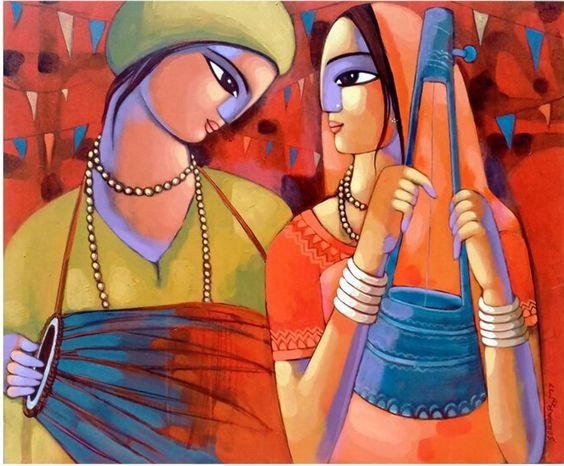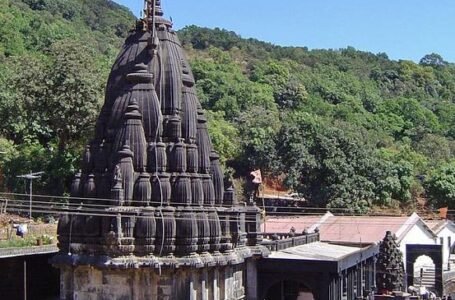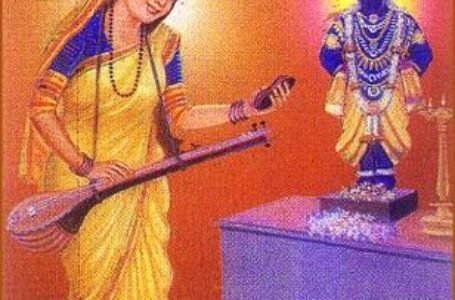FOLK MUSIC AND SONGS: TRADITIONAL MEDIA FORMS OF INDIA
- Ancient history
 Nishtha Akhiyaniya
Nishtha Akhiyaniya- February 15, 2022
- 0
- 752

FOLK MUSIC AND SONGS
India is a vast country with diverse cultures, people speaking different languages, following different religions, celebrating different festivals but there is the same body that breathes beneath all uniforms. A country is as diverse as India is exemplified by the plethora of its culture. Throughout the years, man has strived to communicate the stirrings of his soul, the quest for something more than mundane through arts. Music, is more than any other art form, has been an important aspect of the lives of Indians. Every region of the Indian subcontinent reveals its soul to you through its music. The folk music of India, often known as the music of the Earth is an indigenous craft and one of the most heartfelt sounds you’ll ever hear. The lore of folk music in India is great. The origin of Indian folk music has been found in the Vedic literature which dates back to 1500 BC.
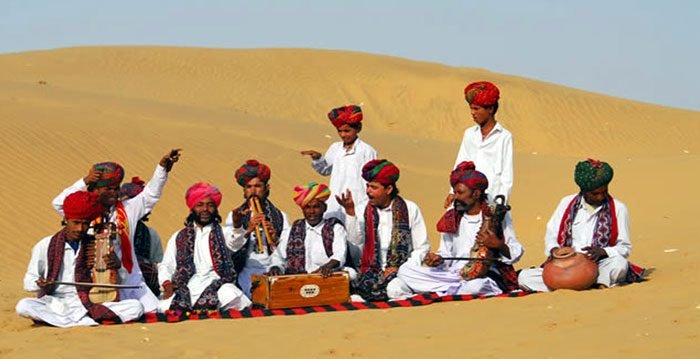
Pandavani, for instance, is folk music famous in Central India which is reckoned to be as old as the Hindu epic Mahabharata. It is usual to begin the history of Indian music with mesmerizing and soothing patterns of Vedic chanting. Folk music is popular all over India. It arose to ease the hardships and break the monotony of daily life and is closely tied with farming and other such professions.

Folk songs are widely used for entertainment and leisure purposes as well as to celebrate special occasions like weddings, births, festivals, etc.
Folk music, like any other facet of India, is diverse due to the country’s cultural variety. While the motive for its creation and technique of application is more or less the same throughout India, the style in which it is sung and how it is perceived differs depending upon the cultures of the various Indian states. Some of the finest forms of Indian folk music are, Bihugeet of Assam, Lavani of Maharashtra, Baul of Bengal, Naatapura Paatu of Tamil Nadu, Zeliang of Nagaland, Koli of Maharashtra, Bhaitiali of Bengal, Maand of Rajasthan, and Dulpod of Goa. According to a legend, a young woman Kajal missed her husband so much when he was away during the lonely days of monsoon, that she wept at the feet of God and her cries are believed to be formed into Kajari- the folk music of Bihar and Uttar Pradesh.
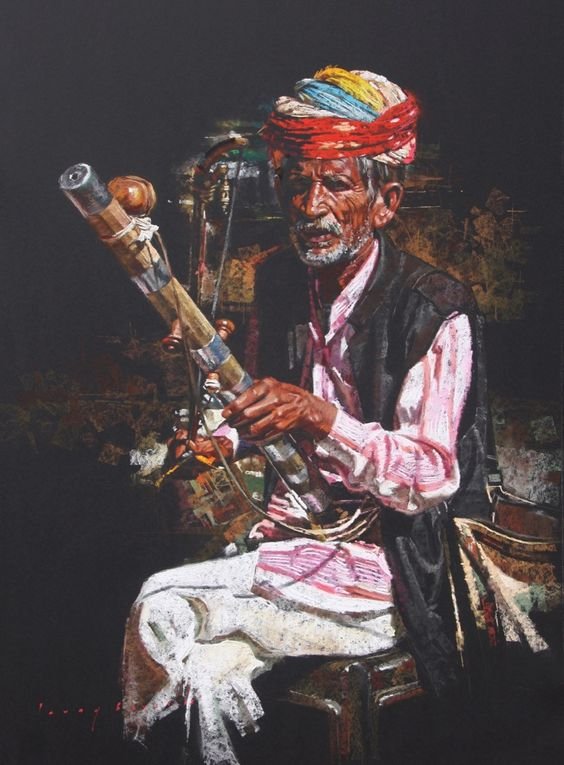
Various forms of art such as paintings, poetry, and other visual arts have had their evolution preserved on stones, leaves, and paper, but music being auditory does not provide any such evidence of its existence. Even though folk music has fallen out of favor with the advent of contemporary music such as rap and pop, no traditional festival or celebration is possible without it. The exotic songs, uncommon instruments, and simple yet true-to-life words are the reasons to travel to all the corners of the country. Folk music is indeed a boon for any lover of art and one of the most enriched cultures of India.
